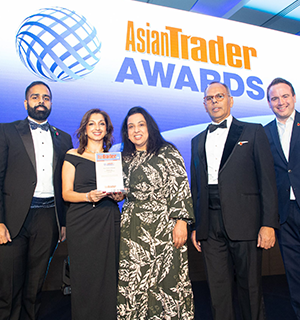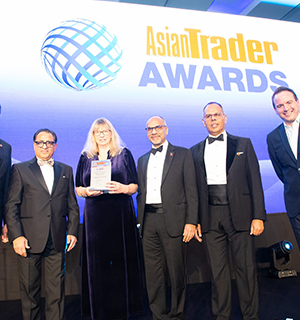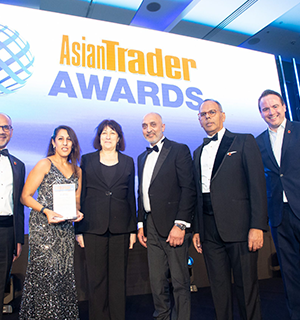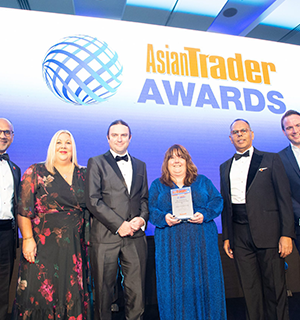Leading distributor DCS Group said the over-the-counter (OTC) medicines category is set for sales growth with several factors driving more sales into the category.
“Shopper missions are changing and trip frequency is low. As a result shoppers are looking to buy as much as possible in one place,” said Matt Stanton, head of category and insight at DCS Group. “The more shopper needs stores can cover, the more shoppers will shop.”
The group noted that factors such as the increasing trends of self-medication, cost saving, the convenience of purchasing OTC medicines, product innovation and increasing focus of brands act as major driving factors in the growth of the category.
“A lot has changed over the past six months and retailers need to stock the right range as shoppers want to visit to as few stores as possible. The financial pressure on shoppers is also huge with people concerned about the future and looking to save money where they can. They want to buy all in one place, but if the value isn’t there then many will shop elsewhere,” Stanton said.
He warned about the laxity in adhering to safety measures in stores, saying this will push shoppers into finding alternative stores or into the online channel.
“Stores need to take advantage of online and home deliveries. Small tweaks to make the shopper journey easier will help retail businesses make incremental sales,” Stanton added.
Worth £1.9 billion a year and growing 4.4 per cent year-on-year, the OTC medicines category demands retailers to stock the right range, Stanton noted.
“Stocking the right range is important. When health and beauty shoppers can’t find their usual product, one in two will not switch to a different brand,” he said.
“Combine that with the fact that 72 per cent of healthcare shoppers decide to buy before going to store, and shoppers are looking to reduce the number of trips, you can see why it is so important to stock the right range.”
A high proportion of medicines sales are distress purchases, and shoppers on distress missions are less price-sensitive and spend an average of 1.75 times more per item than those doing a main shop.
Brand loyalty is high in the category as the brands are seen as the experts, giving shoppers the confidence in purchasing them, Stanton added.
“That’s particularly important for highly emotional categories, such as children’s medicines,” he said. “Shoppers need to know you have the right products in store, including the right brands, otherwise they will shop elsewhere.”
With local or national lockdown restrictions increasing over the winter, the convenience channel can expect shoppers again gravitating back to their local stores, Stanton said.
“If convenience retailers offer value, stock larger pack sizes on key products, and cover as many shopper needs as possible, they will capture more main shop missions and grow the business,” he said
“Where possible convenience stores should avoid siting medicines behind the till. 37 per cent of shoppers have already decided which specific product they are looking for, meaning the other 63 per cent can be influenced at shelf. Siting healthcare products at impulse sites drives an increase in sales, the number one location being permanent checkout display. This should include pain relief, winter meds, and heartburn and indigestion,” he added.
Stanton urged retailers to make better use of the trend for self-treating. “It is important to display both adult and kids medicines together as shoppers buying for their family are 152 per cent more valuable than average.”
Displaying children’s and adults’ medicines together in-store will drive cross-shopping. A small selection of SKU recommendations include the number one brands Lemsip Max, Calpol, Sudafed, Vicks VapoRub and Benylin.
The Nicotine Replacement Therapy (NRT) market has seen a huge amount of change over the last five years and is growing faster in convenience (23%) than in the total market (17%). Vaping formats have become much more popular, and for those wanting to give up smoking, it is proven that a combined approach of vaping and NRT is the most effective method.
“NRT shoppers are very valuable. They spend £186 per year on NRT and also 60 per cent more on other health and wellbeing products than non-NRT shoppers, particularly sleep and weight management products,” Stanton concluded.








 To use this website you must be aged 18 years or over. Please verify your age before entering the site.
To use this website you must be aged 18 years or over. Please verify your age before entering the site.










